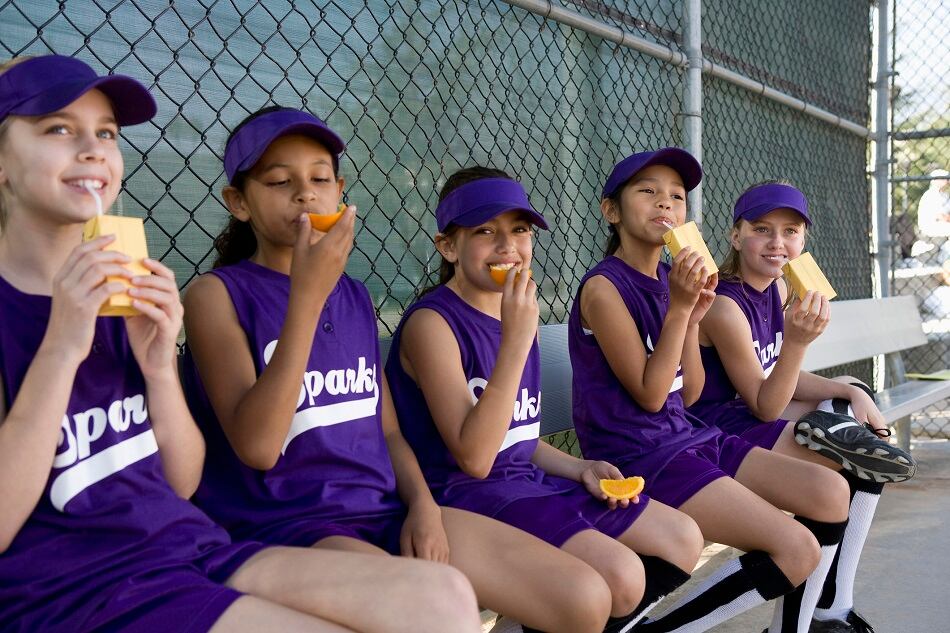The study, published in the American Journal of Health Behavior, found that the number of calories kids consume from post-game snacks far exceeds the number of calories they actually burn playing in the game.
"So many kids are at games just to get their treat afterwards, which really isn't helping to develop healthy habits long term," said senior study author and BYU professor Lori Spruance.
"The reward should be, 'I got to have fun, I got to run around with my friend or score a goal.'"
For the study, Spruance and her research team observed 3rd and 4th graders over 189 games of soccer, flag football, baseball, and softball, tracking both their physical activity and the treats they consumed.
They found parents brought post-game snacks 80% of the time, with almost 90% of the post-game drinks being sugar-sweetened.
The average energy expenditure for kids observed was 170 calories per game, while the average caloric intake from post-game snacks was 213 calories, according to study results.
Researchers also noted that the average amount of sugar consumed post game was 26.4 g (the total daily recommendation for kids is 25 grams, according to the American Heart Association). Sugar-sweetened drinks were the biggest culprits of additional sugar content and calories (Capri Sun drinks and Kool-Aid Jammers were the most common drinks and baked goods were the most common snacks).
"Kids are getting inundated with snack culture all the time -- celebrations at school, at birthday parties and youth sports games," said Spruance. "We don't need to load children up with sugar after a game too."
'Little changes can make a big difference'
The opportunity to change youth sports culture around snacking and nutrition is huge, noted study authors.
According to international nonprofit think tank The Aspen Institute's 2019 ‘State of Play’ report, more than half (56.5%) of kids ages 6 to 12 participated in a team sport, with 7.65 million kids participating in an outdoor team sport (soccer, flag football, baseball, and softball) in 2018.
Spruance and coauthors said youth sports programs would benefit from an intervention aimed at the food environment and has begun working on a new study which provides fact sheets about the nutrition of common post-game snacks to parks and recreation departments, who then in turn share that information with parents.
Initial efforts in one city have already shown decreases in the number of unhealthy snacks being provided at youth games: 16% of snacks in a new season of tracking included water instead of sugary beverages, and parents who brought fruits and vegetables increased from 3% to 15% overall.
"Little changes can make a big difference in promoting healthy body weights in our children," wrote study co-author Jay Maddock, a professor of public health at Texas A&M University. "So when your children are playing sports, we recommend making the healthy choice and choosing water, fruits and vegetables, and a healthy protein source too, like nuts."
Interested in the market of kids' snacks and drinks?
Join us at FoodNavigator-USA's 3rd FOOD FOR KIDS summit in Chicago November 11-13 to find out more about what kids are drinking (and eating), what parents want, and which brands are developing innovative products that kids want to eat and parents feel good about buying.


